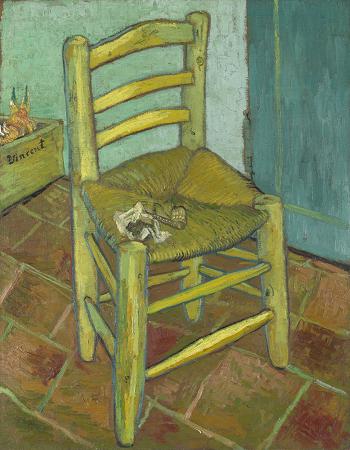
Post-Impressionism Artist. Post-Impressionism is a predominantly French art movement that developed roughly between 1886 and 1905, from the last Impressionist exhibition to the birth of Fauvism.
Post-Impressionism emerged as a reaction against Impressionists' concern for the naturalistic depiction of light and colour. Due to its broad emphasis on abstract qualities or symbolic content, Post-Impressionism encompasses Les Nabis Neo-Impressionism, Symbolism, Cloisonnism, Pont-Aven School, and Synthetism, along with some later Impressionists' work.
The movement was led by Paul CÚzanne, Paul Gauguin, Vincent van Gogh, and Georges Seurat. The term Post-Impressionism was first used by art critic Roger Fry in 1906.
Critic Frank Rutter in a review of the Salon d'Automne published in Art News, 15 October 1910, described Othon Friesz as a post-impressionist leader; there was also an advert for the show The Post-Impressionists of France. Three weeks later, Roger Fry used the term again when he organized the 1910 exhibition, Manet and the Post-Impressionists, defining it as the development of French art since Manet.
Post-Impressionists extended Impressionism while rejecting its limitations: they continued using vivid colours, often thick application of paint, and real-life subject matter, but were more inclined to emphasize geometric forms, distort form for expressive effect, and use unnatural or arbitrary colour. Th
Post-Impressionism emerged as a reaction against Impressionists' concern for the naturalistic depiction of light and colour. Due to its broad emphasis on abstract qualities or symbolic content, Post-Impressionism encompasses Les Nabis Neo-Impressionism, Symbolism, Cloisonnism, Pont-Aven School, and Synthetism, along with some later Impressionists' work.
The movement was led by Paul CÚzanne, Paul Gauguin, Vincent van Gogh, and Georges Seurat. The term Post-Impressionism was first used by art critic Roger Fry in 1906.
Critic Frank Rutter in a review of the Salon d'Automne published in Art News, 15 October 1910, described Othon Friesz as a post-impressionist leader; there was also an advert for the show The Post-Impressionists of France. Three weeks later, Roger Fry used the term again when he organized the 1910 exhibition, Manet and the Post-Impressionists, defining it as the development of French art since Manet.
Post-Impressionists extended Impressionism while rejecting its limitations: they continued using vivid colours, often thick application of paint, and real-life subject matter, but were more inclined to emphasize geometric forms, distort form for expressive effect, and use unnatural or arbitrary colour. Th
Wikipedia ...